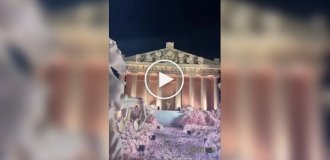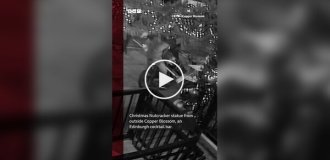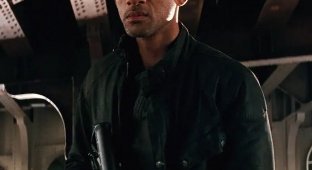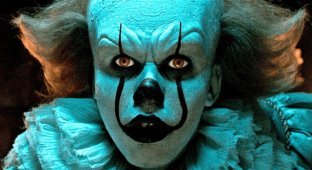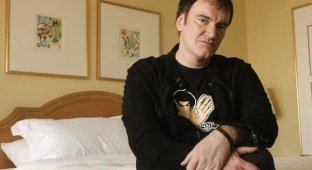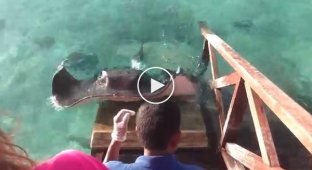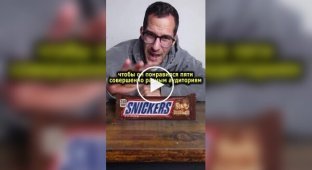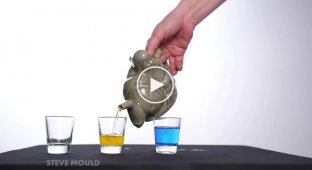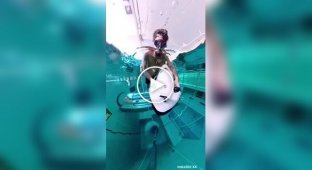The book that inspired the film "I Am Legend" starring Will Smith. Richard Matheson's book is called "I Am Legend." But its plot is much broader, more logical, and more interesting.
Films often don't follow the book's plot exactly, but there are serious differences here. The fact that the book's main character is blond and white, while in the film it's the opposite, can be attributed to political correctness. 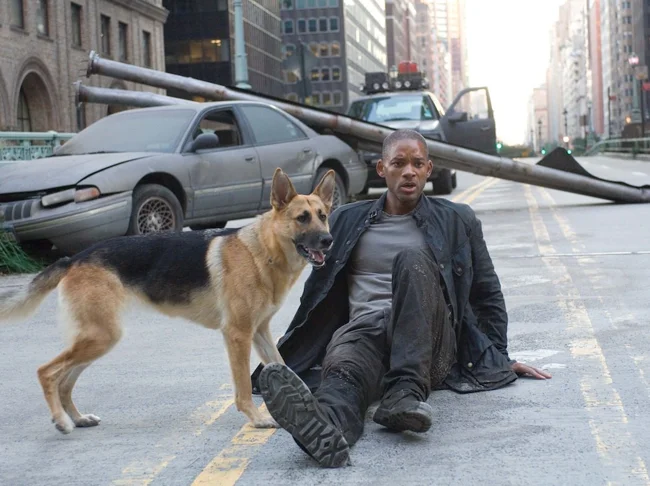
Yes, and Smith, aside from everything else, really does look good in action sci-fi. I liked the movie, but let's find out how it all really happened in this story, and then a lot will become clear.
For example, do you understand why it's called that? Why is he a legend? 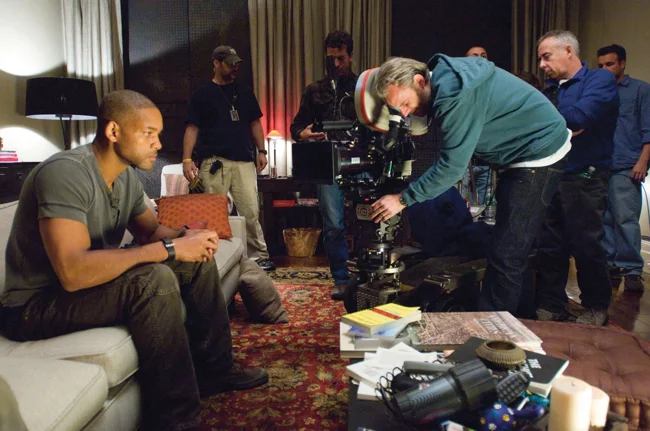
People are infected with a bacteria that turns them into vampires. Not crazy zombies, like in the movies, but vampires. They start growing fangs and develop an overwhelming thirst for blood. What's surprising is that for a book written in the mid-1940s, the author provides a solid scientific basis for this. The bacteria feeds on blood components, but in doing so, they disrupt lymph circulation, causing the patient's blood to thicken and become like glue. The latent course of the disease lasts for several weeks (not 20 minutes, as in the movies), then the person essentially dies, but in reality, their metabolism is so altered that they cease to be human in the strictest sense. 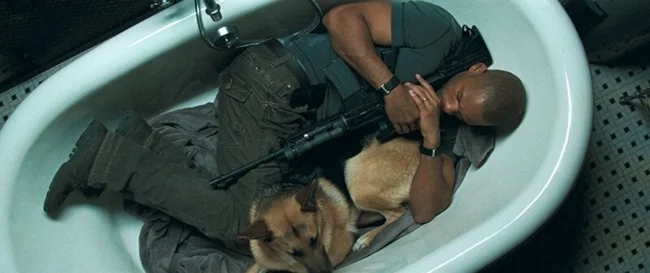
The bacteria begin to perform a mitochondrial-like function – supplying the body with energy in exchange for the blood components it needs. Since the person can no longer produce blood themselves, it must be administered orally to avoid injury. The bacteria are anaerobic, so respiration and oxygen supply to the blood are cut off. Driving a stake into the vampire's chest allows air to enter, thus killing them. Damage to other organs and body parts is less severe because the sticky blood literally seals the wounds immediately.
Consciousness, however, is preserved. Although usually impaired—perhaps due to organic brain damage or simply because not everyone is capable of recognizing themselves as dead and a vampire and continuing to live with it.
And the protagonist is immune. And he, the only one in a vast city full of vampires, lives in a barricaded house and goes out for walks during the day. Vampires cannot tolerate sunlight because ultraviolet radiation triggers chain reactions in their bodies that are deadly to bacteria.
The bacteria was transmitted by spores carried by sandstorms.
"Of course! Dust storms! Storm winds carry the released spores. A tiny scratch on the skin—even from a grain of sand—is enough for a spore to attach itself there. Once attached, it will develop, multiply by division, penetrate the body, and eventually infest everything. By eating tissue, the bacilli produce toxic waste products, which soon fill the bloodstream, killing the body." 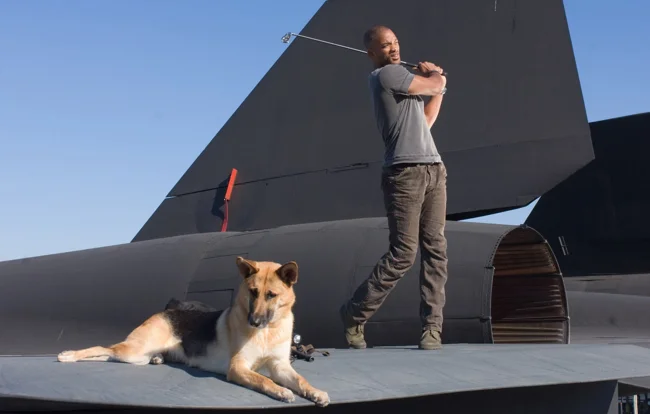
Also, immunity and the appearance of the bacteria: the bacteria's appearance isn't entirely clear, but several years before the events of the book, the protagonist was bitten by a bat carrying the bacteria. The bat itself was almost dead, as was the bacteria—so the protagonist developed immunity as a result of having been infected with the bacteria.
And so he lives like this year after year, amusing himself by breaking into houses and killing the vampires sleeping there. The count goes into the hundreds, then into the thousands—and so on day after day. Until finally, he is caught.
It turns out that perishing humanity has managed to create something like a cure—the substances the bacteria need in tablet form. Those infected accept them and become almost human, albeit with some disabilities—for example, they are allergic to garlic and sunlight, and they sleep during the day. And while our hero grieved alone for years and killed sleeping vampires by the dozen, these people began to slowly rebuild civilization—organizing government, police, supplies, and production. They only had one problem. Some creature was stalking the city during the day, killing them while they slept. People were already making up legends about the Day Demon. Every night, they found their loved ones, workers, scientists, and children murdered, and no one knew how to stop it.
Finally, the situation was analyzed, special equipment was allocated, surveillance was established, and a man was caught. The last person not infected. Our hero. A legend. It was decided to execute him, because, in essence, he was a true mass murderer. 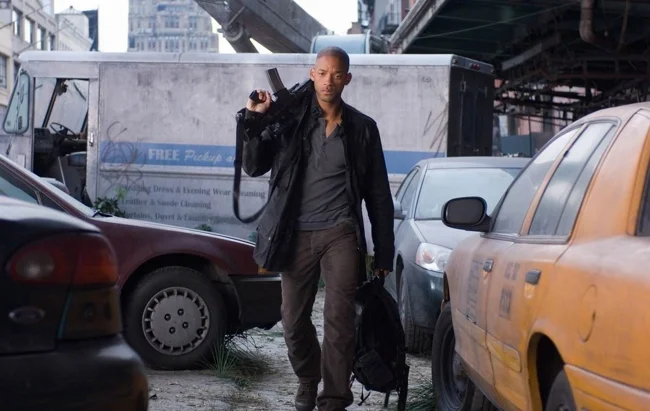
A new vampire civilization found a way to survive during the day using a serum created from blood collected at the Transfusion Centers. And not all of them were intelligent enough to create a civilization. Some vampires remained like ordinary zombies and tried to sneak into the protagonist's house at night. The protagonist killed them during the day; incidentally, he couldn't find his neighbor for quite a while because he was hiding in a pipe. And the neighbor was quite intelligent and was the "leader" of a pack of completely deranged vampires.
Although, of course, the book doesn't describe the civilization being reborn and that the only problem the new humans had was Neville. They also fought vampires who had lost their human form and exterminated them in the same way. They didn't need new food (since the new half-vampires didn't need regular food), and no one cleaned the streets, as the completely deranged vampires still smashed and destroyed everything. There were very few new "people," by the way, so they worried about every dead person. And the area Neville could travel was very small, barely big enough to leave and return within daylight hours in an old pickup truck, and only on a clear day.
And about the dog. There's a similar scene in the book. Only the dog was wild. And it would come to him at a certain point and eat him. Then it, too, was infected.
How did they catch him? They sent him a woman, drugged her with something to partially counteract the vampire reactions. And then she gave him up.
The chapter about the execution completely turns everything upside down.
"He didn't want death. To think and reflect on it, yes. But to want it, no. And this kind of person – absolutely no way!" He caught himself wondering again why he'd chosen life and not death.
"Probably there's no reason," he thought. "I'm just too stubborn and stupid to stop all this."
And suddenly he realized: it's me who's abnormal, not them. Normal is a concept defined by the majority. A standard. It's the majority that decides, not an individual, whoever that may be."
And don't you think a book like this could have been made into a more engaging film? 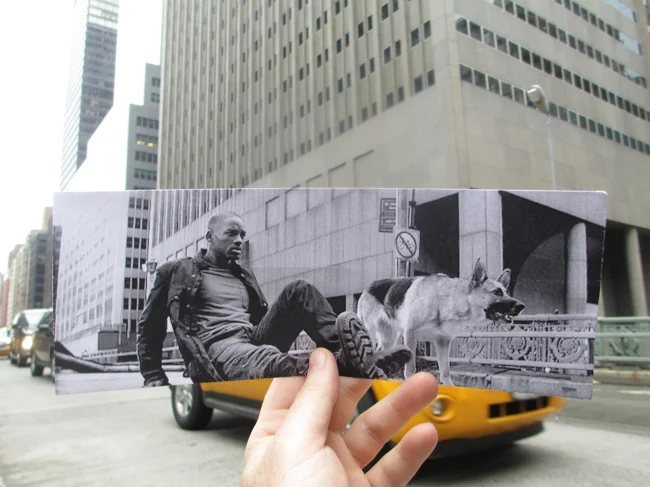
Add your comment
You might be interested in:

